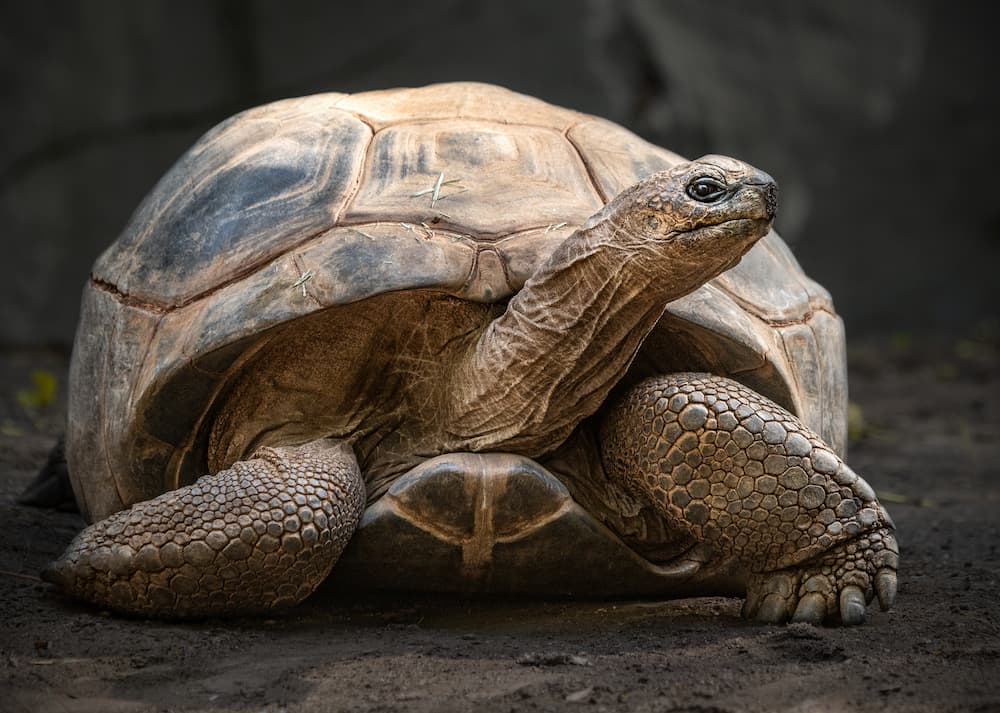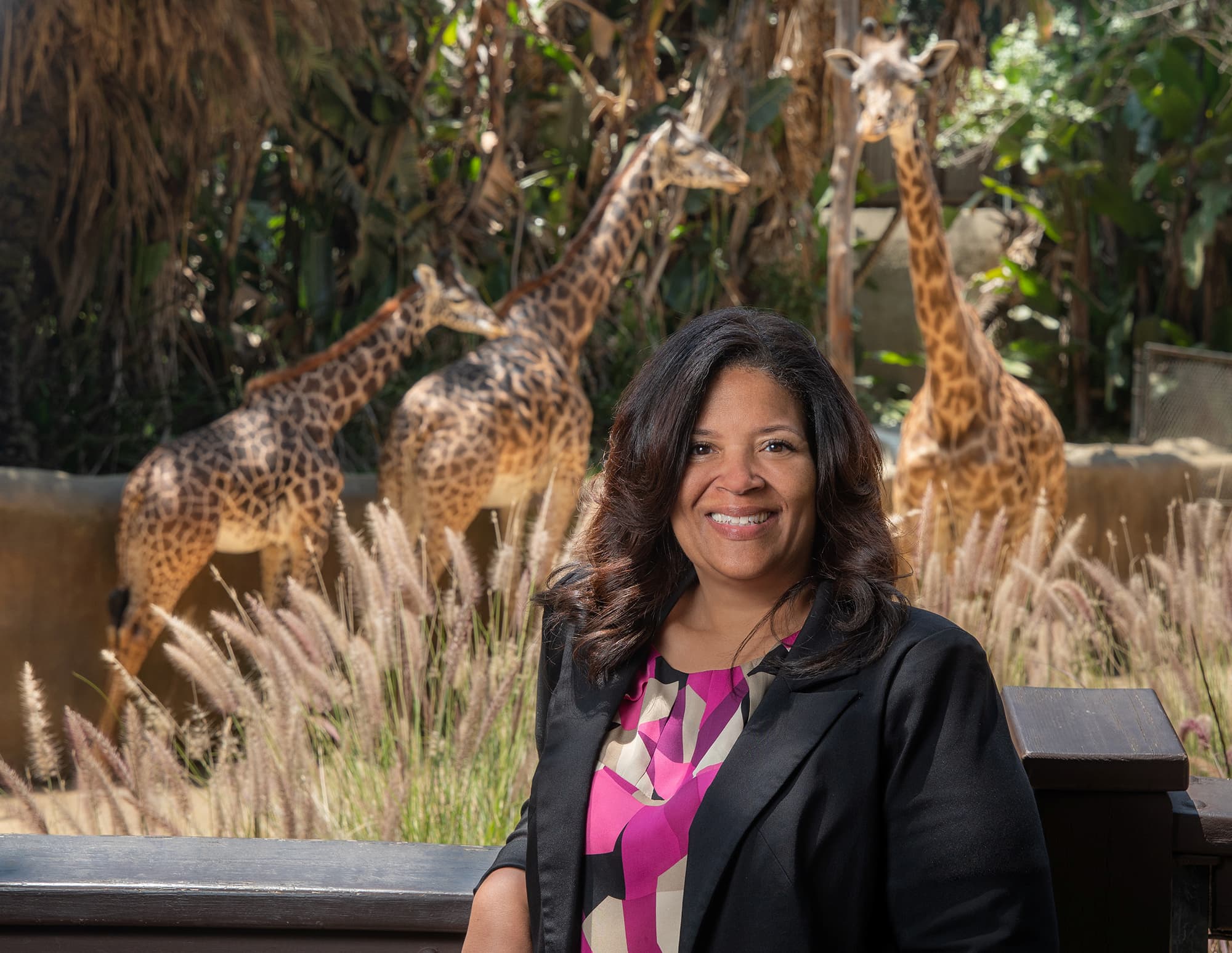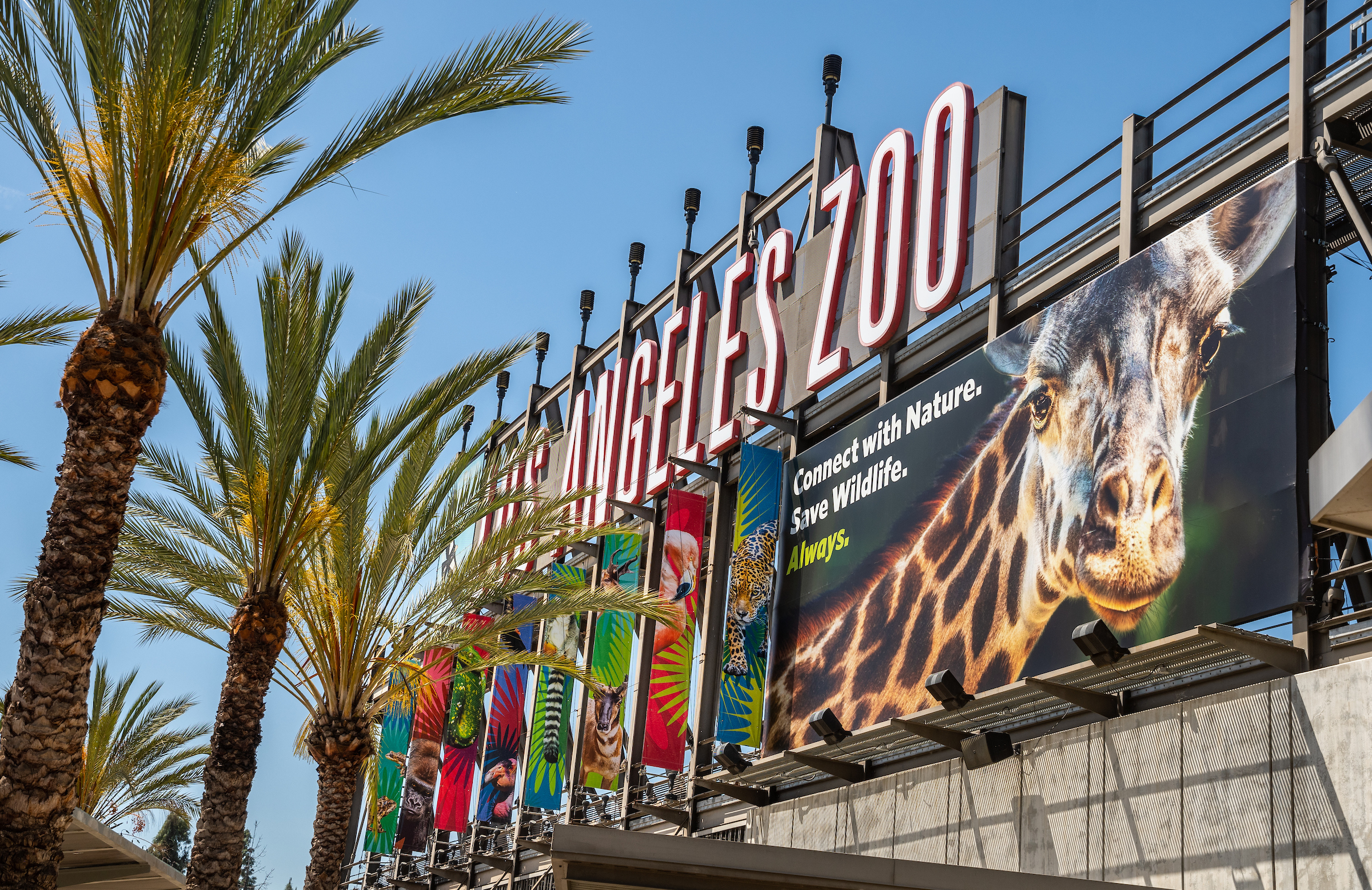
Every year, I get excited for spring, as it demonstrates rebirth and renewal. Our winter in Los Angeles was plagued with record rainfall, and we learned new terms like atmospheric river and graupel (essentially snow), which we witnessed right here at the Zoo. The extraordinary wet season we experienced has paved the way for cleaner air and restored ecosystems and has primed our region with a foundation for new native plants and a return of native wildlife. With the rainy weather behind us for now, we are welcoming more and more of our guests back to the Zoo to connect to nature and wildlife, and we are inviting everyone to join us in celebrating our marvelous planet.
This Earth Month, we are thrilled to have the return of Wild for the Planet, a month-long celebration highlighting our world and its rich biodiversity. Every weekend during the month of April, visitors have the chance to come to the Zoo and participate in a variety of fun and inspiring activities focusing on conservation, sustainability, and community. At home, we encourage everyone to support our Earth by conserving water and energy usage; choosing to reduce, reuse, and recycle instead of throwing items away; and purchasing sustainable products.
In concert with our conservation culture, the Zoo’s Conservation Division is leading actions on-site that support the Association of Zoos and Aquariums (AZA) Saving Animals From Extinction (SAFE) plan for North American songbirds. Three objectives of this SAFE plan include: reducing bird collisions with glass; preserving, enhancing, and building native bird habitats; and promoting bird-friendly coffee. To meet these objectives, the Zoo has installed special barriers on its windows that help prevent bird strikes; collaborated with our concessions partner, Service Systems Associates, to sell Smithsonian Bird Friendly® Certified Coffee in our gift shops; and installed a native plant habitat in the Winnick Family Children’s Zoo, aimed at attracting pollinators. This renewed space is already providing a safe space for migrating and local wildlife to eat and rest, as well as opportunities for guests to learn about the importance of wildlife in our food ecosystem. We look forward to developing more spaces around our Zoo to facilitate even more native habitat for local wildlife. Our entire team of staff and volunteers is playing a role and contributing to our conservation efforts, and all of these projects illustrate how we can collaborate to save species from extinction and to protect our planet.
The Zoo’s conservation impact also continues with our local habitat restoration project in Griffith Park. Every month, volunteers meet at the Fern Dell West Trail to pull invasive plant species, pick up trash, and monitor native wildlife. Removing invasive plant species around the West Trail will allow for the growth of native plant species and create habitat for native wildlife to thrive. The Zoo’s impact on biodiversity in Southern California continues to be a priority and furthers the implementation of our Conservation Strategic Plan. For more information on how you can get involved with this habitat restoration project inside Griffith Park, visit our website. I am overjoyed with the progress our Zoo is making right here in our own backyard. We will continue to collaborate with each other and our partners to inspire change, save wildlife, enrich our communities, and create connections to nature. I invite you to join us as we strive to create a world where people and wildlife thrive, together.


